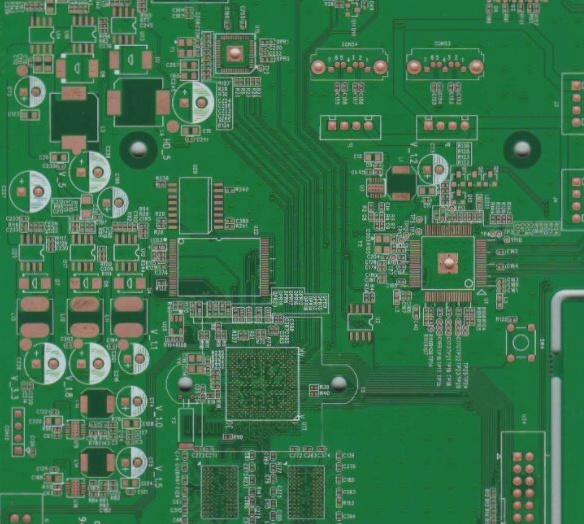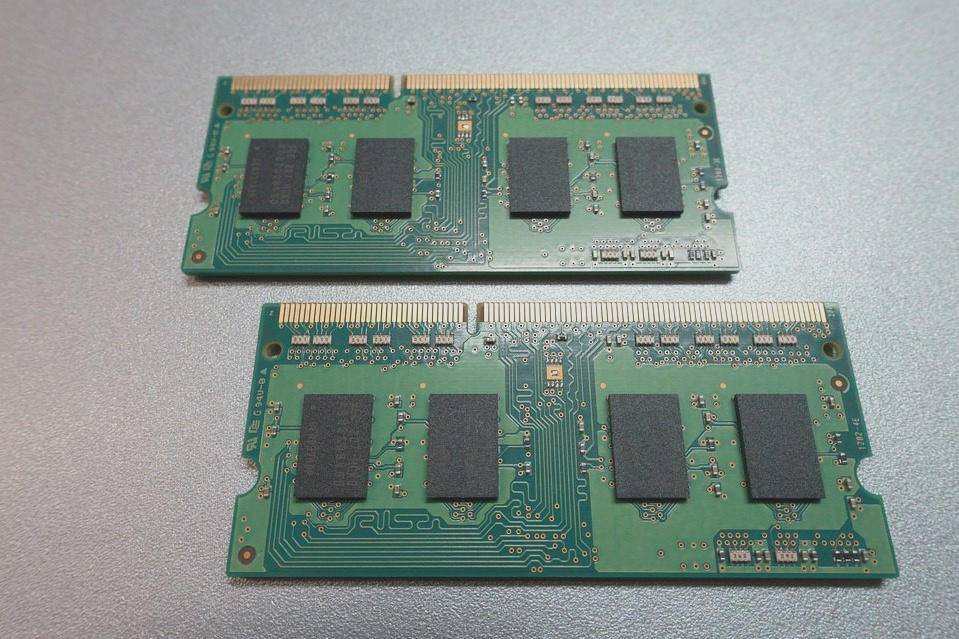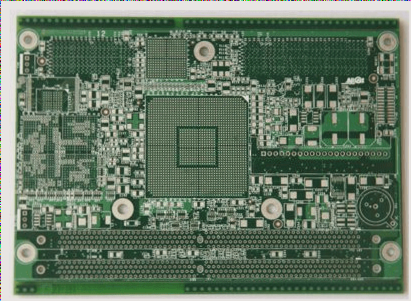PCB Processing Requirements
PCB processing involves a variety of methods and raw materials, each with specific procedures. Understanding the technological requirements for these diverse processing methods is crucial for professional PCB manufacturers.
1. Identification Number
After PCB processing, assign a unique identification number immediately. This number should be clearly written on both sides of the board with a permanent marker to prevent loss during subsequent processing and cleaning. It is essential for future management and board lifespan.
2. Proper Handling and Placement
Handle PCBs with care during processing, transport, and storage to minimize damage like bumps and scratches on component surfaces. Avoid physical impacts, separate and stack PCBs to prevent contact, reducing damage from boards rubbing against each other.

3. Finishing Process of PCB Manufacturing
After processing and testing, PCBs undergo a finishing stage to enhance appearance and functionality. Excess materials are removed, solder joints are secured, and flying leads are minimized for a neat exterior. Top-tier manufacturers prioritize both internal and external quality, ensuring cleanliness and consistency.
Environmental protection standards have been raised, presenting challenges and opportunities for PCB manufacturers. FPC boards could lead the market, offering growth potential for factories committed to addressing environmental concerns. The Internet era has revolutionized marketing, accelerating the development of FPC flexible circuit boards. Environmental challenges accompany this growth, but advancements in environmental protection and information systems offer solutions.
If you require PCB manufacturing services, feel free to contact us.



